Timeline: Nasa's manned missions
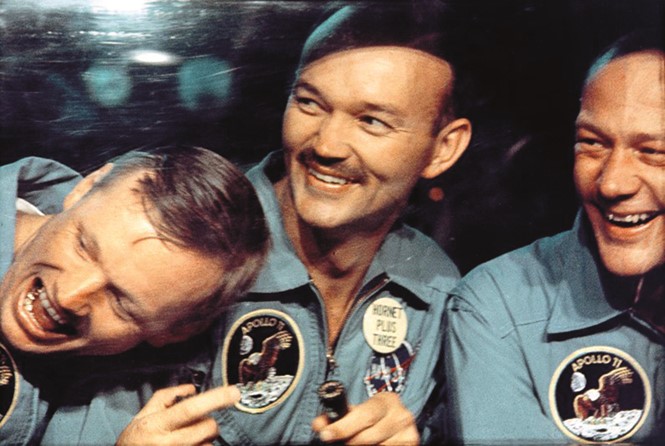
The history of Nasa’s manned space missions has been one of the defining stories of exploration since the dawn of human flight. How have those missions been developed and how has design helped propel them from action into legend? The launch of the Artemis programme means Nasa is heading back to the moon with a new brand rife with imagery and symbolism
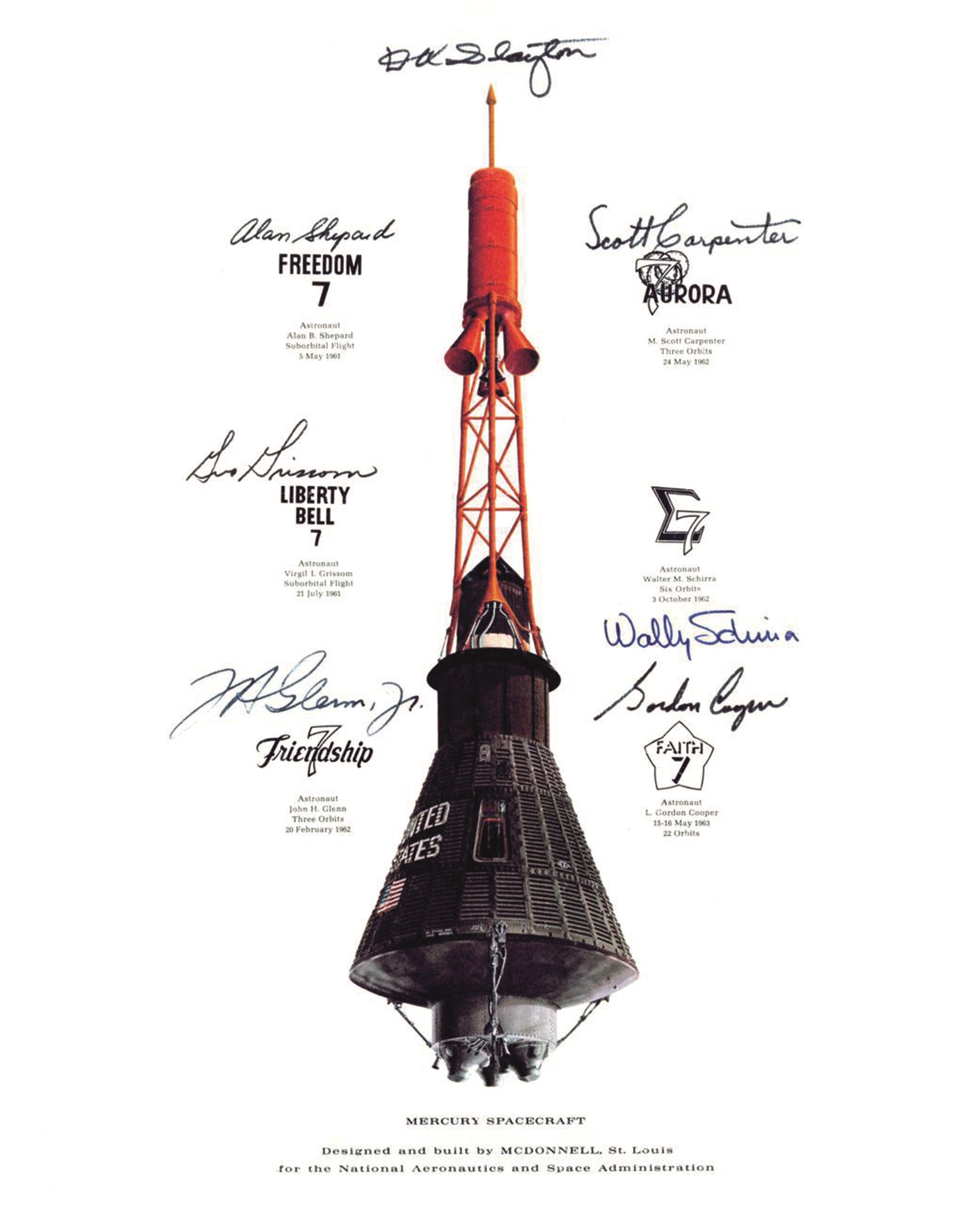
1958-1963 Project Mercury
Strapped aboard an Atlas rocket, America’s first astronaut, John Glenn, was propelled into space on the Friendship 7 spacecraft, ushering the age of American space travel. The launch, part of Project Mercury, paved the way for further Mercury astronauts to take flight, including the likes of Alan Shepard and Gus Grissom. Project Mercury saw six manned flights take off in its five years of operation. Though it did not have an official programme logo, the Friendship 7 insignia influenced each subsequent flight’s naming and mission badge. The number seven indicated the original astronauts’ teamwork.
1961-1966 Project Gemini
Gemini was the beginning of the US’ true push for the moon. It would test the skills Nasa would need to deploy humans to the Earth’s satellite and return, safely. Taking place amid the height of the Cold War Space Race with the Soviet Union, Gemini was the star of Nasa’s operations until the beginning of the Apollo missions. The project had an official logo, featuring a version of the symbol for the astrological sign Gemini, while each individual flight – of which there were 12 – had its own mission insignia. This has since become customary for Nasa’s manned spaceflights.
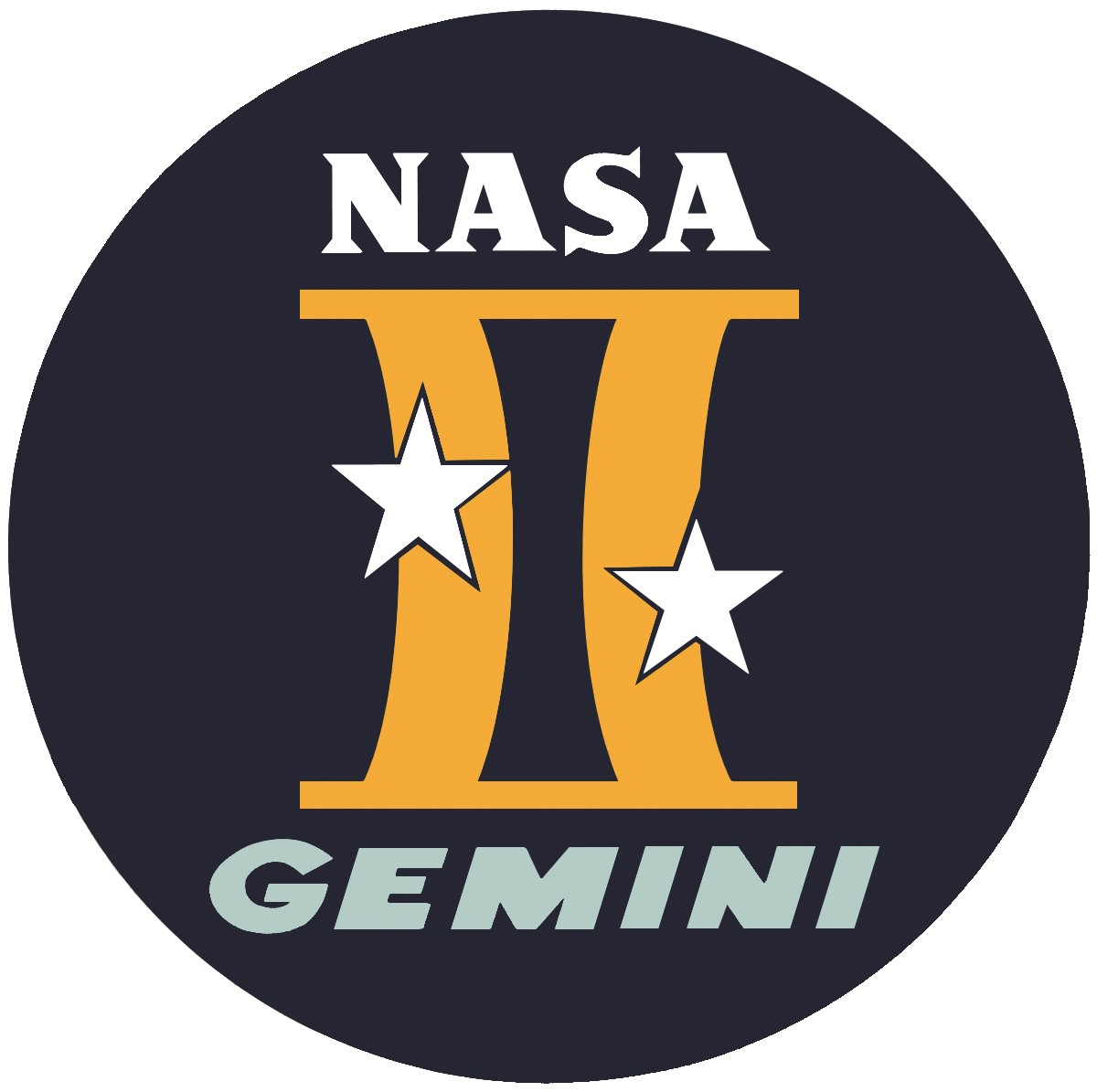
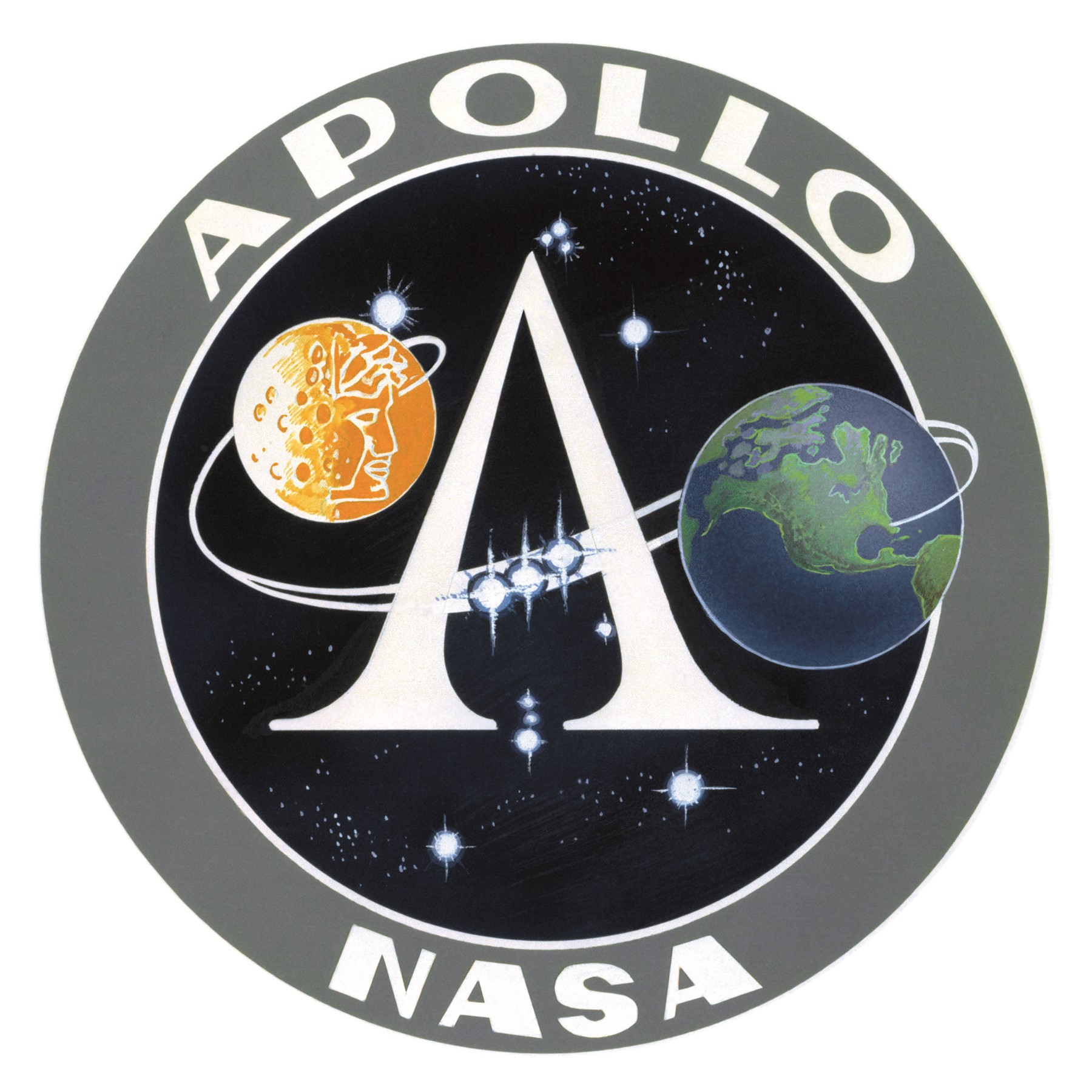
1961-1972 Apollo
While Apollo began in 1961, its first crewed flight wasn’t until October 1968, just months before the July 1969 lunar landing. The program logo uses a swooping device indicating the flightpath of the moon-bound spacecraft with the image of the god Apollo superimposed on the lunar surface. In pride of place upon a background of distant stars is the Orion constellation, with its prominent three-star belt forming the crossbar of the ‘A.’ The now well-recognised Apollo 11 mission patch features a bald eagle landing on the surface of the moon, with a partial Earth looming in the background. Other mission patches take cues from Greek mythology, in which Apollo is the god of the sun.
1973-1974 Skylab
Short-lived though it was, Skylab was the only space station operated solely by Nasa. Brought into orbit with a Saturn V rocket it was home to nine crew members over the course of three missions before being decommissioned and eventually reentering the atmosphere in 1979. The Skylab programme patch features a four-module rendering of a space station with solar arrays reaching toward a bright orange sun.
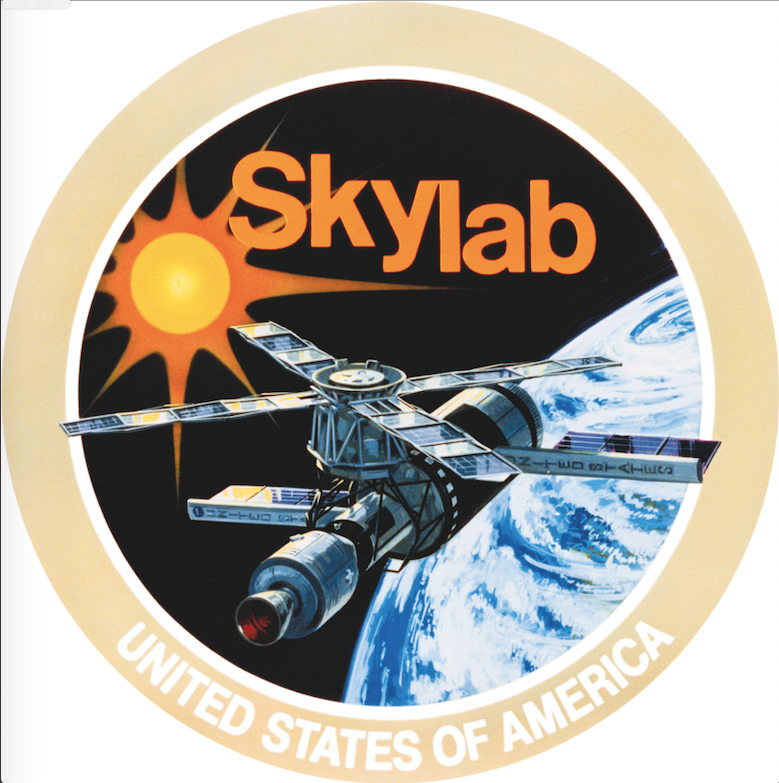
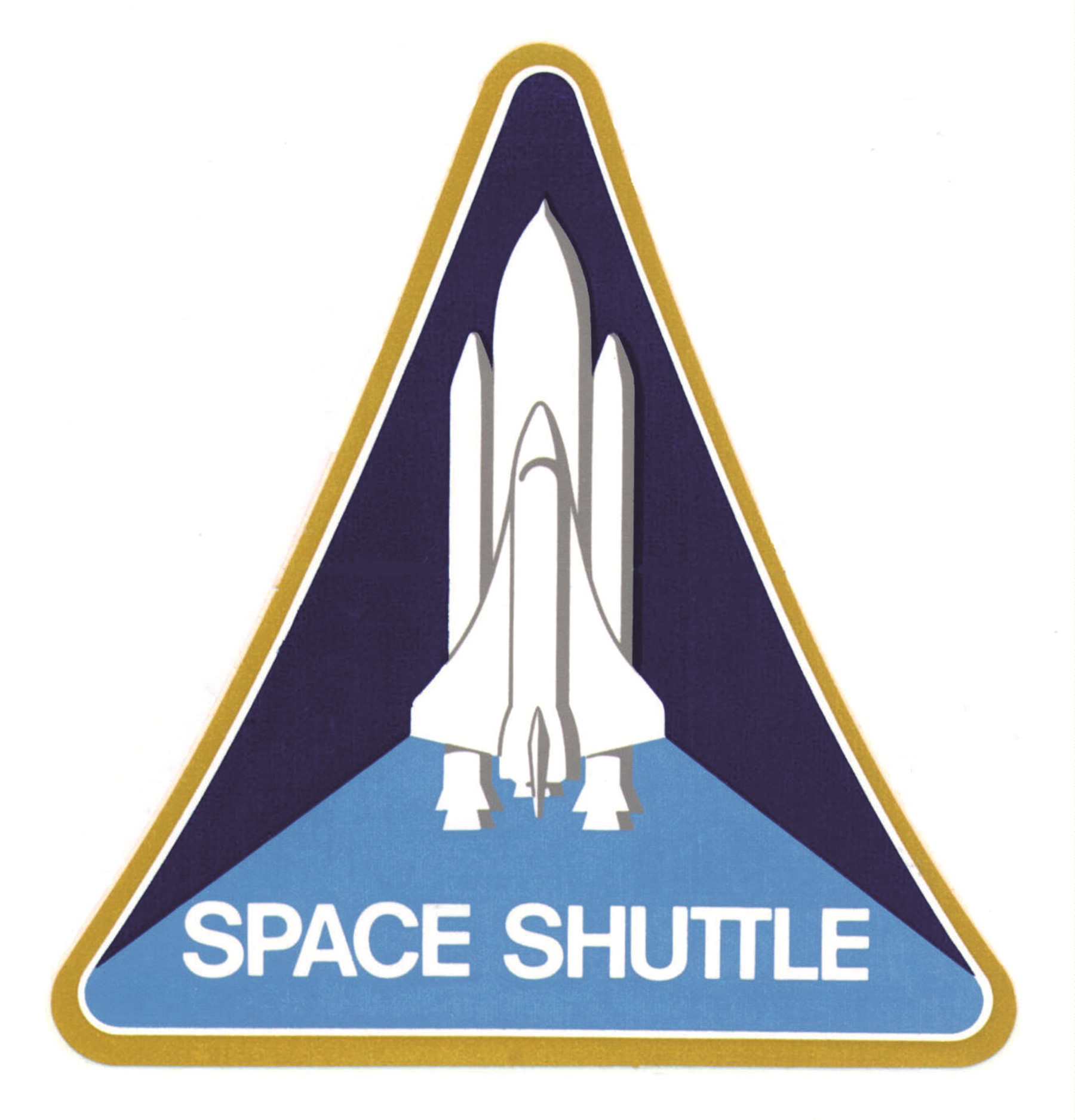
1981-2011 Space Shuttle
Maybe one of the most recognisable spacecraft in the solar system, the Space Shuttle programme was Nasa’s crown jewel for the better part of 30 years. The enigmatic design of the shuttle itself, as well as its reusable nature, meant 135 missions launched throughout that time. Two great disasters befell the programme, prompting concerns about safety. But the Space Shuttle valiantly exceeded its lifespan by 15 years, delivering crew members and supplies to the International Space Station. Individual mission patches followed a number of themes, from American flags to punchy shuttle launches to more artistic renderings, all in a variety of shapes.
1998-present International Space Station
Fulfilling the long-held dream of a permanent base in outer space, Nasa is a member of the International Space Station (ISS) programme. Alongside the European Space Agency, the Canadian Space Agency, Roscosmos and Japan’s Jaxa, Nasa helped devise and construct the ISS over the course of two years. The floating laboratory relies on the collegiate relationship between the agencies far removed from the Space Race of decades past. Its official logo features the olive branches of peace and an orbiting space station, but the more recognisable programme insignia is the nations badge indicating the participating country flags in a circle around the station outline.
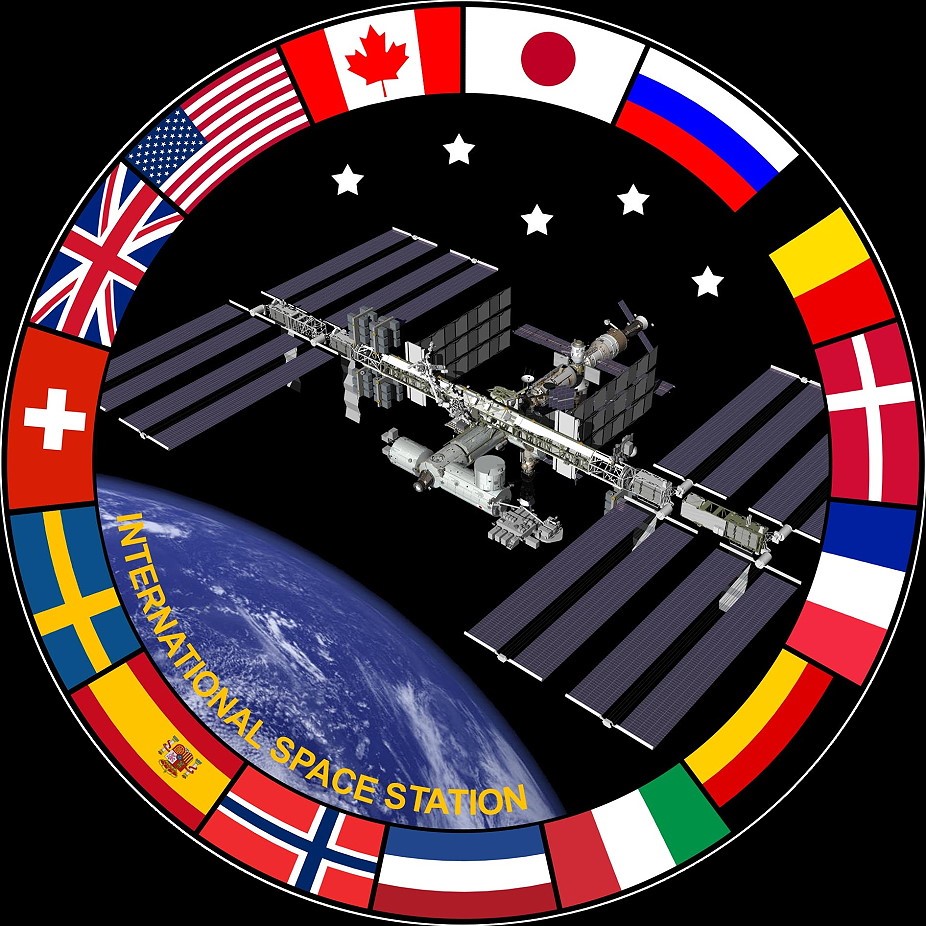
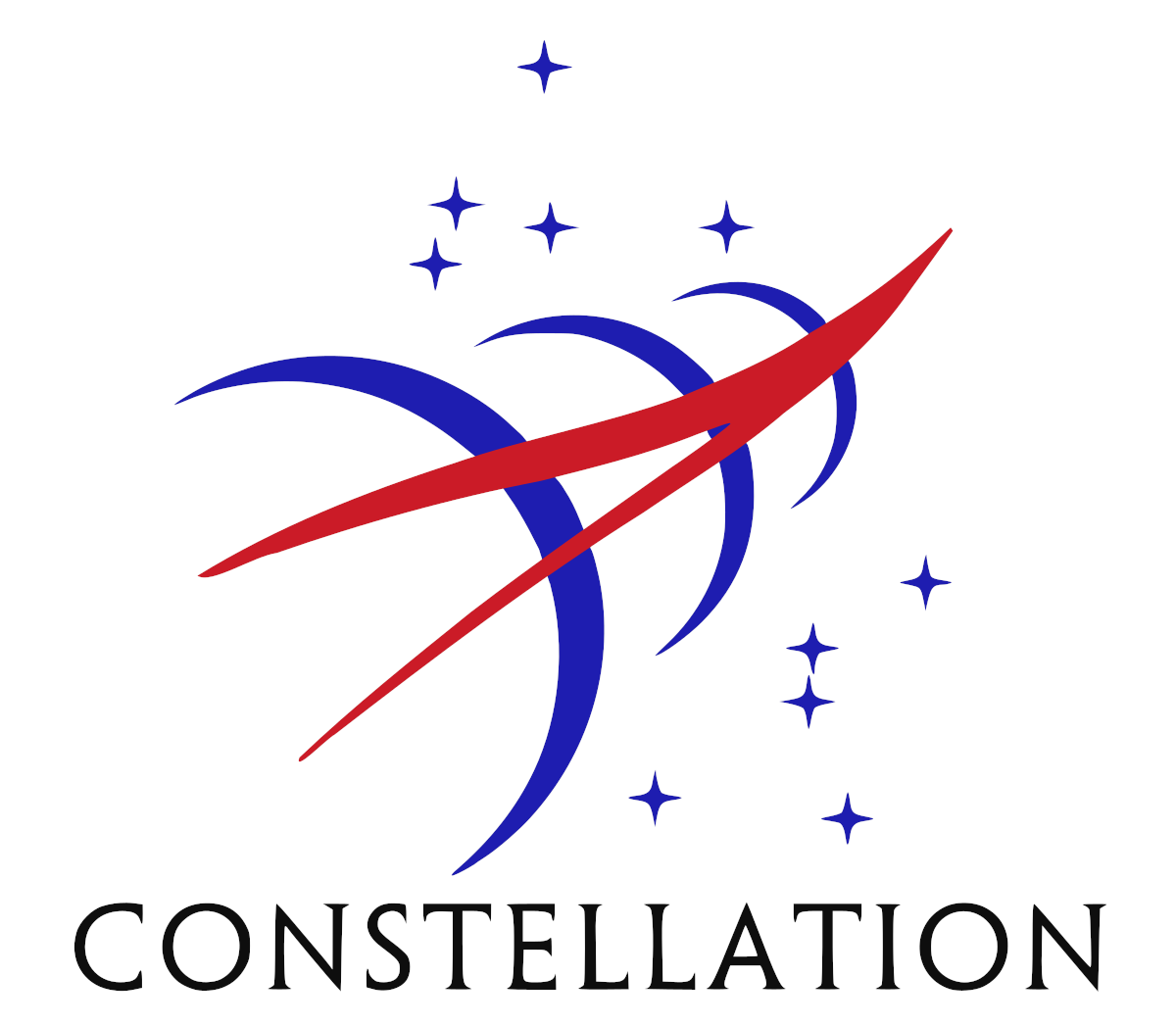
2005-2010 Constellation
For five years, but only two flights, the Constellation programme sought to complete the ISS, take America back to the moon and send the first humans to Mars by 2020. The expense of the programme cut Constellation, meaning the US would be reliant on Russian Soyuz capsules and private space companies for the transportation of American crew members to and from the Space Station. Its logo is elegant, with the Earth, the moon and Mars in alignment, connected by the red Nasa swooshing vector image.
2019-present Artemis
Announced earlier this year, the Artemis programme seeks to do what Constellation couldn’t: send humans to the moon and to Mars. The logo is full of symbolism with the red A indicating the Greek moon goddess Artemis’ arrowhead and quiver. The crescent Earth provides the foundation for exploration while the red vector symbol indicates the trajectory of exploration to the moon and beyond.
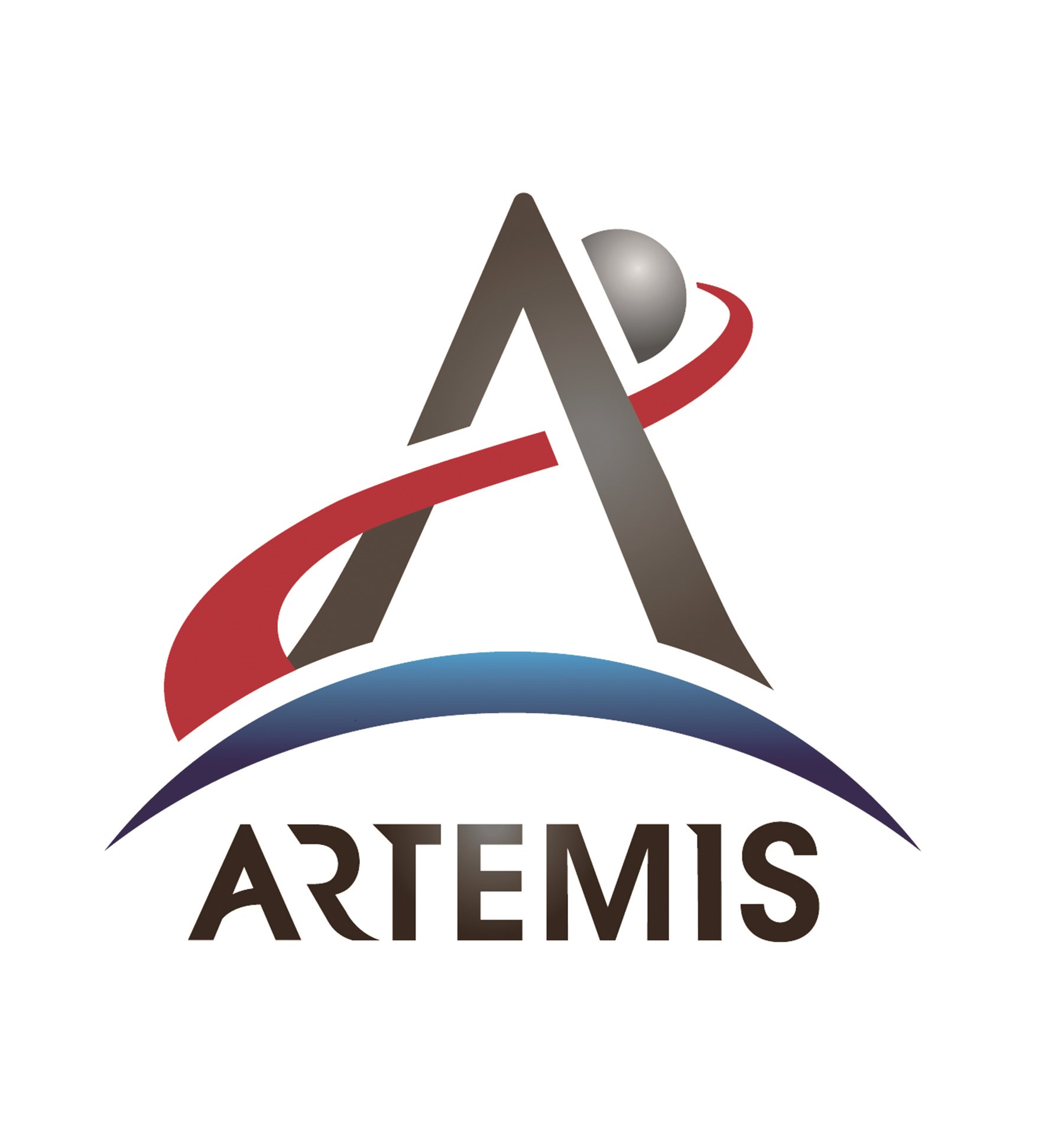
Photo credit: Nasa












